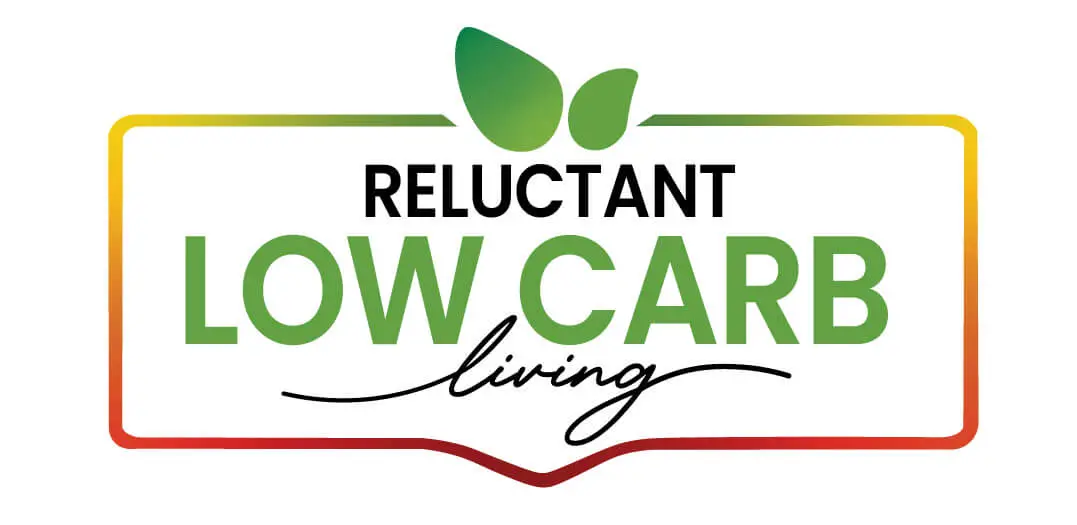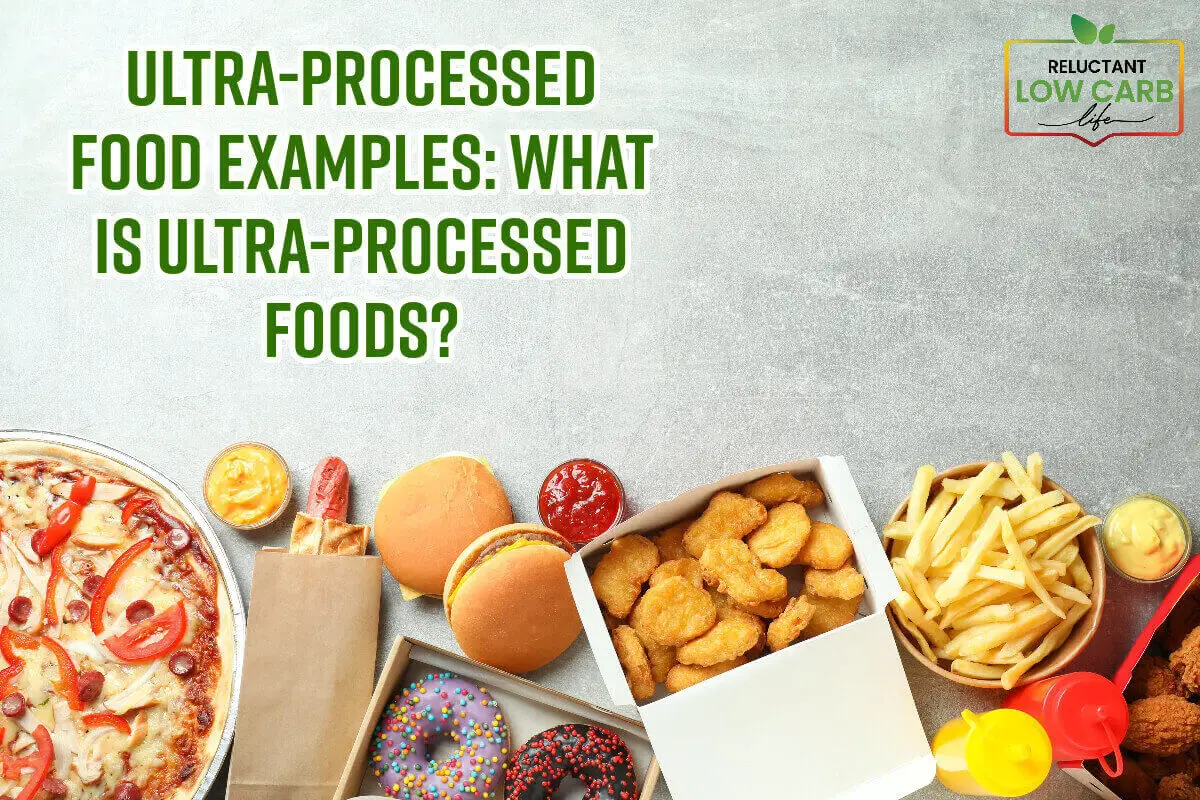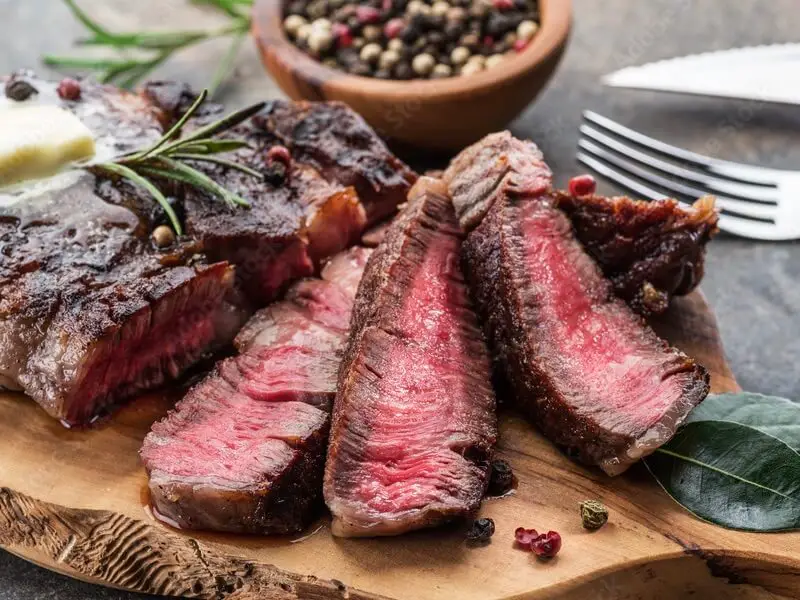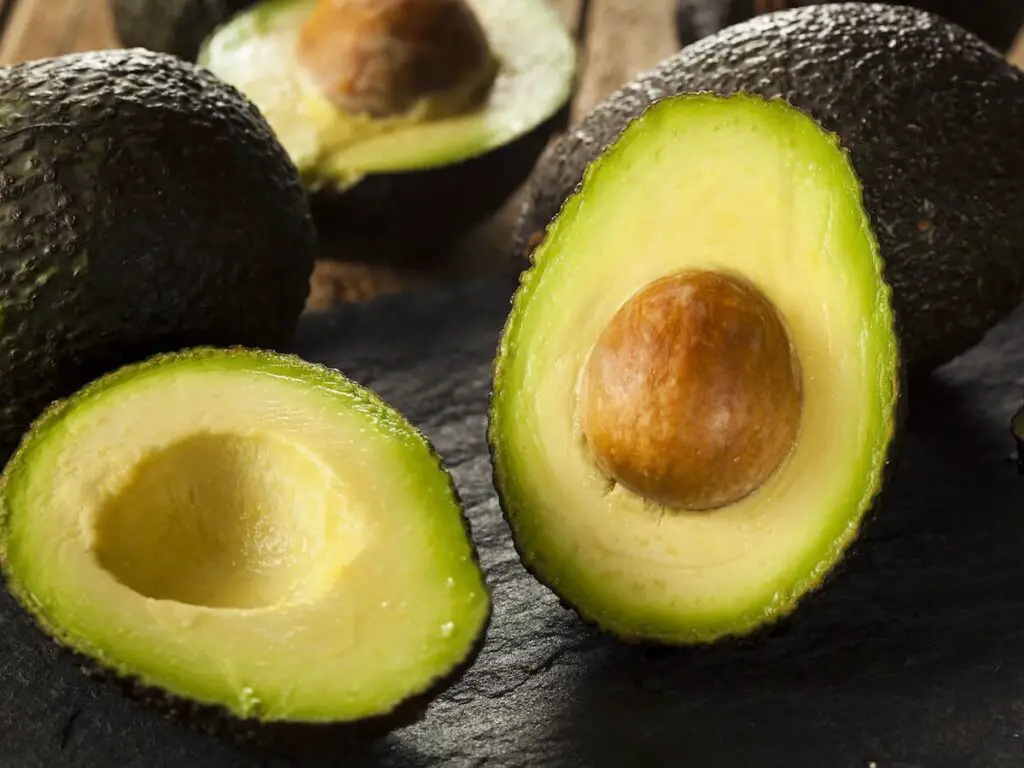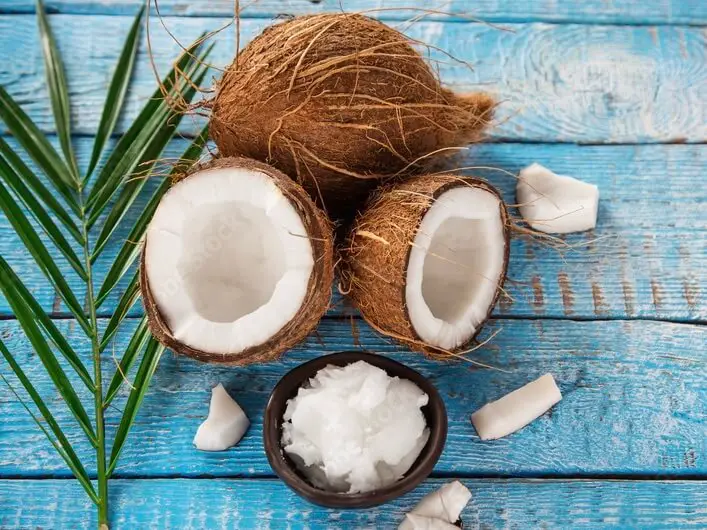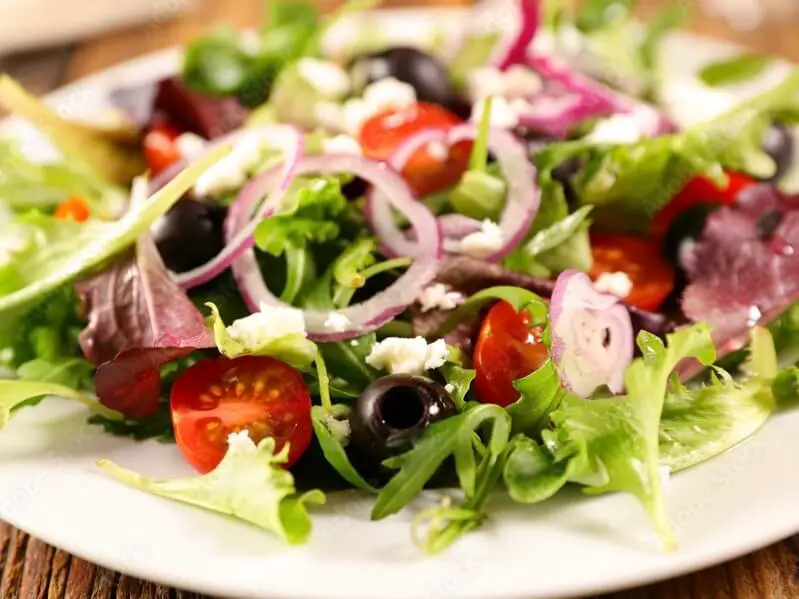Lately, there has been a lot written about the dangers of Western nations, including the United States, overeating ultra-processed foods and the effect this food can have on our health.
But the definition of Ultra-processed foods can even seem a bit fuzzy as there are so many definitions out there. We like to look at Ultra-processed foods as foods that use ingredients you are not familiar with or ingredients you would not find in your kitchen to cook with. Read on as we try to decode and explore more about what ultra-processed foods are.
Table of Contents
- Decoding Ultra-Processed Foods: A Quest For Healthier Living
- What Are Ultra-Processed Foods?
- Why Are Ultra-Processed Foods Considered Unhealthy?
- The Reluctant Low-Carb Life Trifecta Explored
- Wrapping Up
- Related Question
Decoding Ultra-Processed Foods: A Quest For Healthier Living
In recent years, there’s been growing concern about ultra-processed foods and their potential impact on our health. As someone who advocates for a balanced lifestyle through the ‘Reluctant Low-Carb Life’ trifecta of Freshness, Fitness, and Fullness, I feel compelled to delve into this hot topic.
What Are Ultra-Processed Foods?
The concept of ultra-processed foods was introduced by the NOVA food classification system, formulated by researchers at the University of São Paulo in Brazil. The NOVA system was partly done because, in Brazil, they started to see the effects of ultra-processed food on the population.
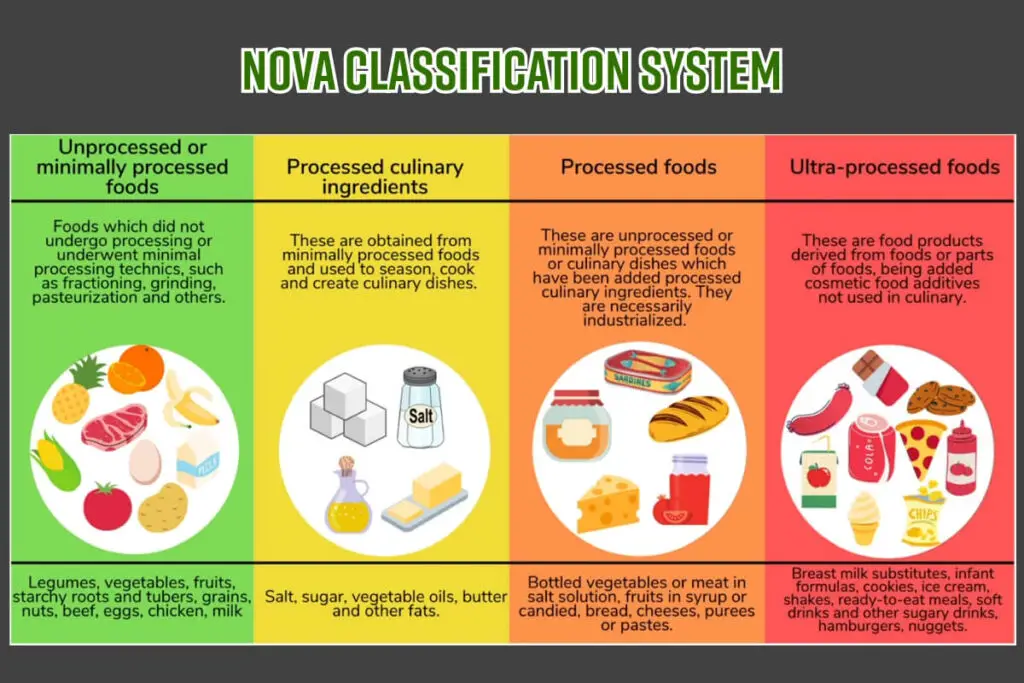
The NOVA system categorizes foods into four major groups:
Unprocessed Or Minimally Processed Foods:
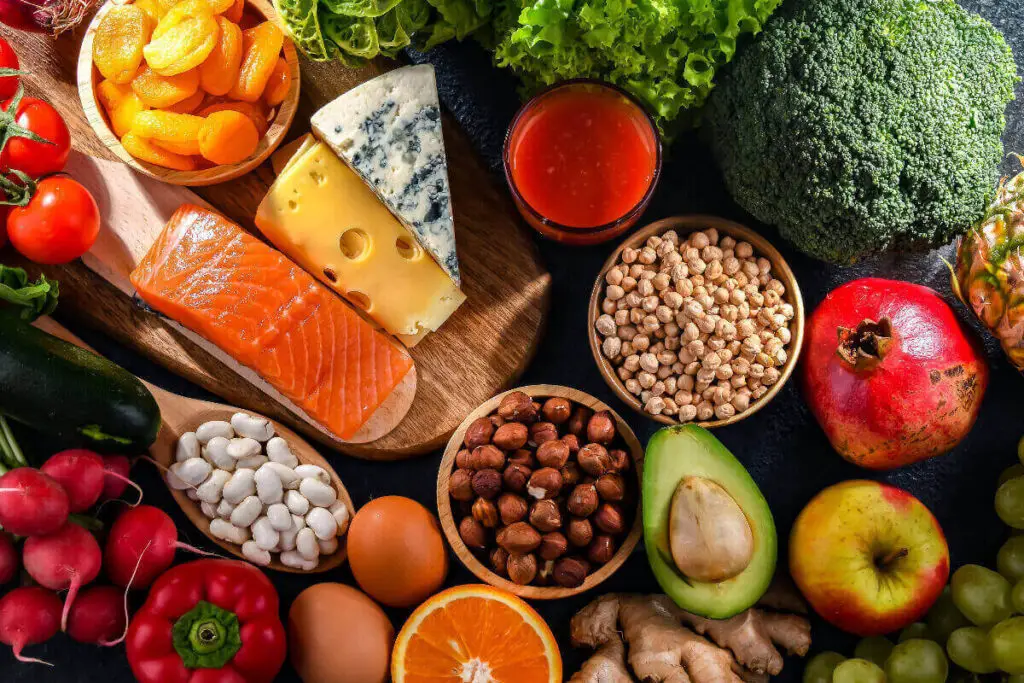
Fresh fruits, vegetables, milk, fish, pulses, eggs, nuts, and seeds with no added ingredients.
Processed Culinary Ingredients:
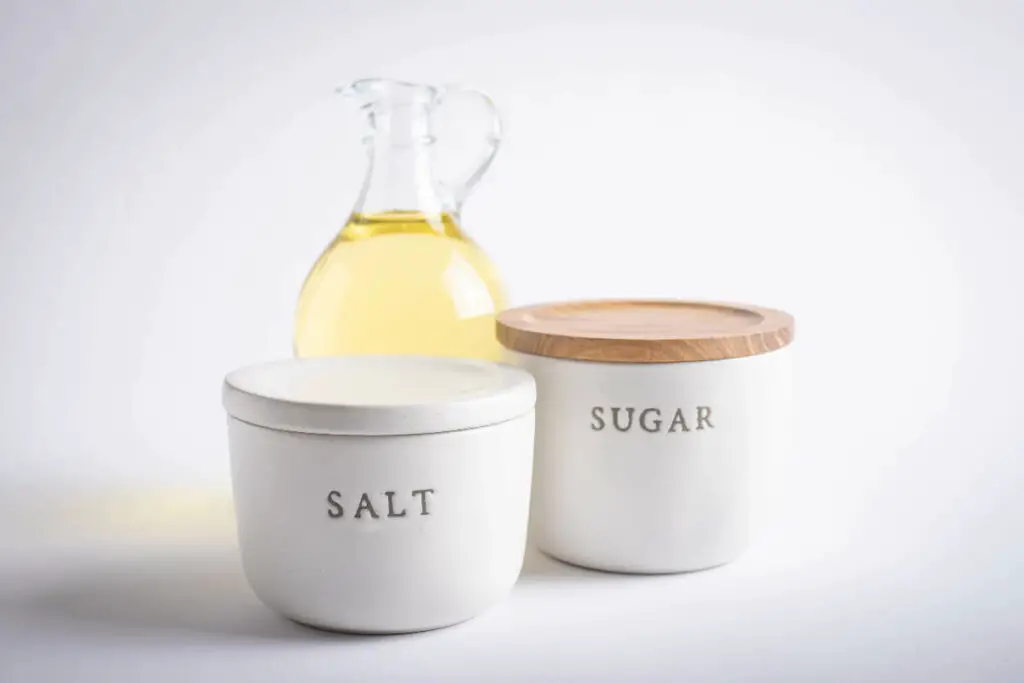
Foods such as salt, sugar, and oils are generally not consumed alone but are added to other foods during cooking.
Processed Foods:
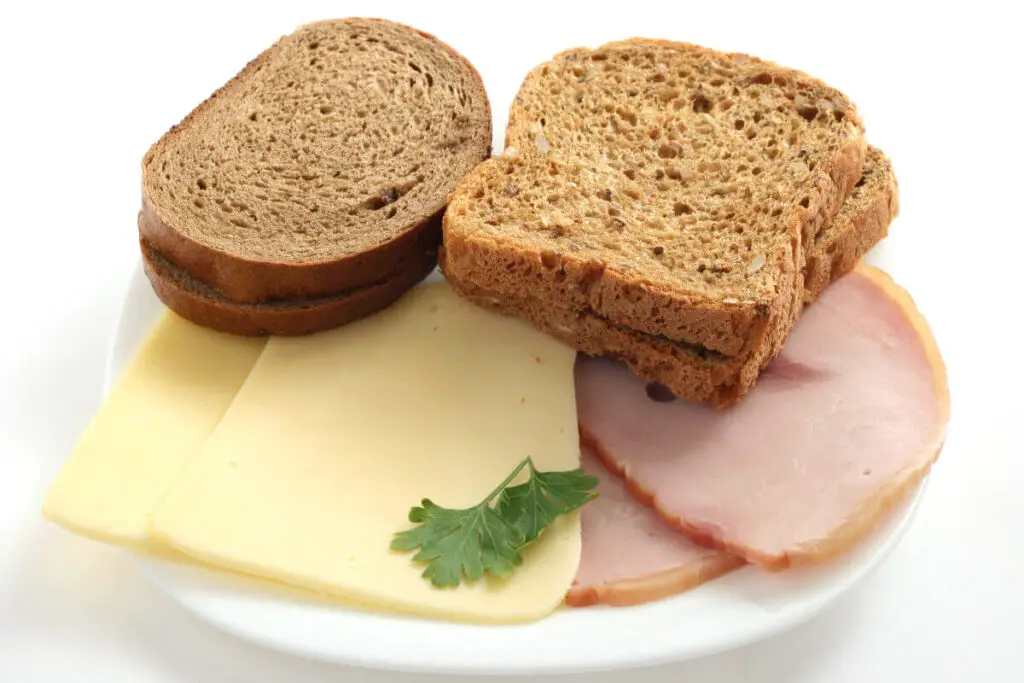
Foods like jam, pickles, tinned fruits and vegetables, homemade bread, and cheese, which are a combination of Groups 1 and 2.
Ultra-Processed Foods:
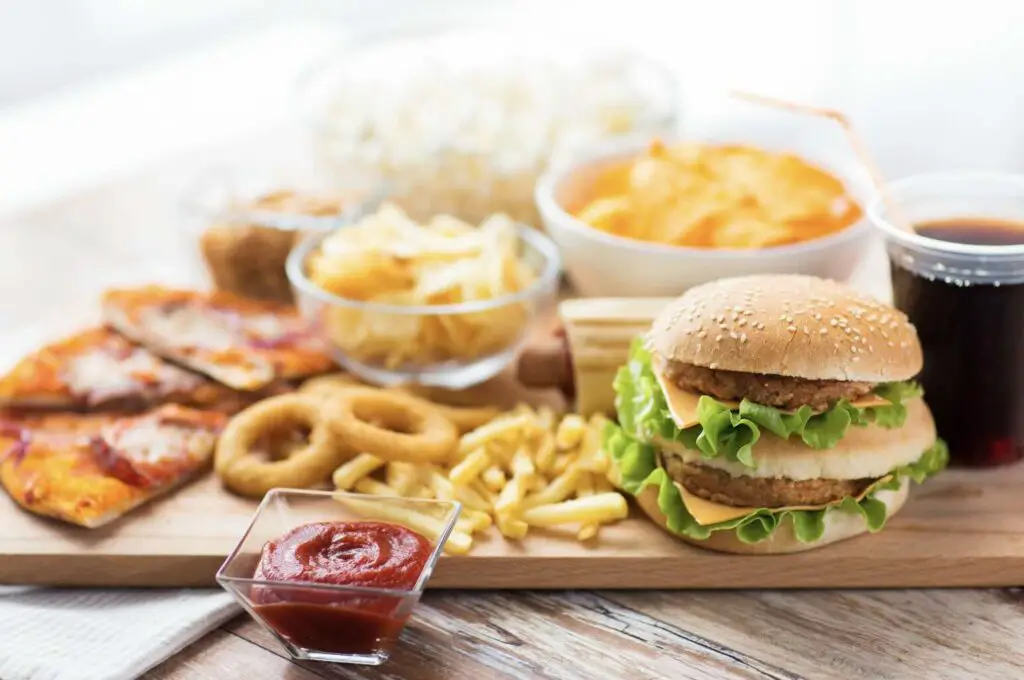
Typically, they contain five or more ingredients and are laden with additives like preservatives, emulsifiers, sweeteners, and artificial colors and flavors. They often have a long shelf life.
Common Examples
Here are some basic examples of some of the different types of foods or some common examples.
- Ultra-Processed: Ice cream, ham, sausages, crisps, mass-produced bread, breakfast cereals, cookies, carbonated drinks, fruit-flavored yogurts, instant soups, and some alcoholic drinks like whisky, gin, and rum.
- Unprocessed or Minimally Processed: Fruits, vegetables, eggs, meats, and grains.
- Processed Culinary Ingredients: Sugar, salt, butter, lard, oils, vinegar.
- Processed Foods: Freshly made, unpackaged bread, tinned fruits and vegetables, salted nuts, ham, bacon, fish, and cheese.
It can be hard to know precisely what Ultra-processed food is, but generally, if you look at ingredients on the back of the package and you see a list of names or chemicals that you would not have in your kitchen, then it is probably ultra-processed food or processed food.
Why Are Ultra-Processed Foods Considered Unhealthy?
So you might ask, why does it matter if I eat ultra-processed food? Is the food really that unhealthy for me, and does it matter? Here are some aspects of Ultra-processed foods that you should understand.
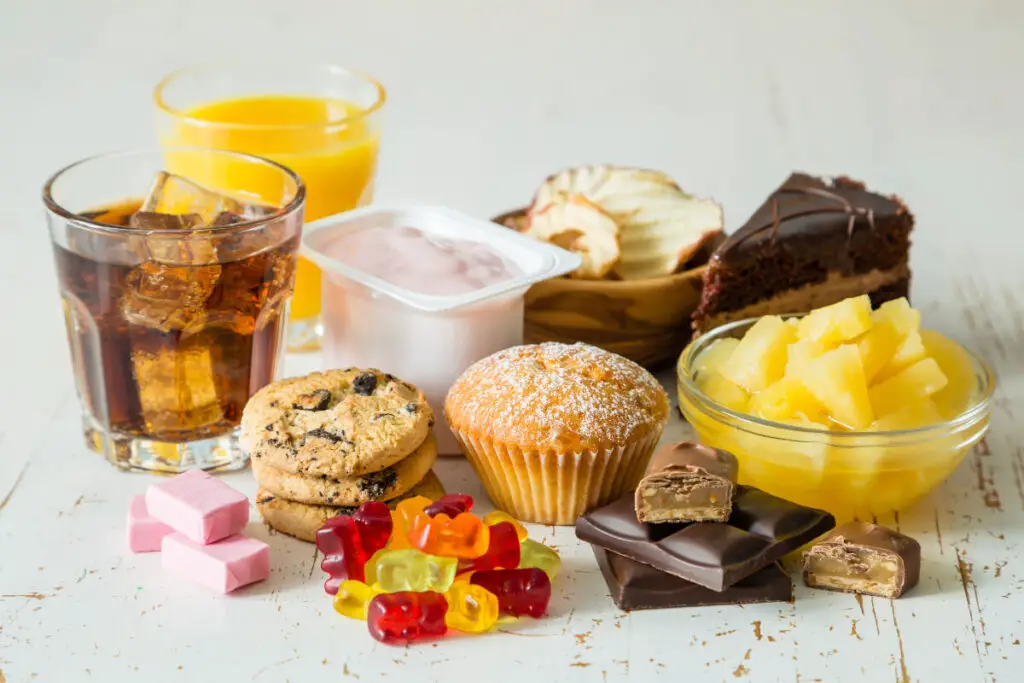
High Levels Of Unwanted Nutrients
Ultra-processed foods are often high in saturated fats, salt, and sugar. Consuming these in large quantities leaves little room for nutrient-rich foods, thus skewing our diets away from nutritional balance.
Potential Additive Impact
The additives in ultra-processed foods—preservatives, emulsifiers, and artificial colors—are under scrutiny for their possible adverse health effects. Though research is still ongoing, it’s sensible to be cautious.
The Gut Health Theory
Emerging research suggests that high consumption of ultra-processed foods may negatively affect gut health, though definitive evidence is still lacking.
Lifestyle Indicators
The prevalence of ultra-processed foods in one’s diet may also indicate an overall lifestyle that skews toward unhealthy choices, though it’s a complex issue requiring further research.
The Reluctant Low-Carb Life Trifecta Explored
At Reluctant Low Carb Life, we believe in looking at three essential things to live a more healthy life. Here are the three areas that we believe in:
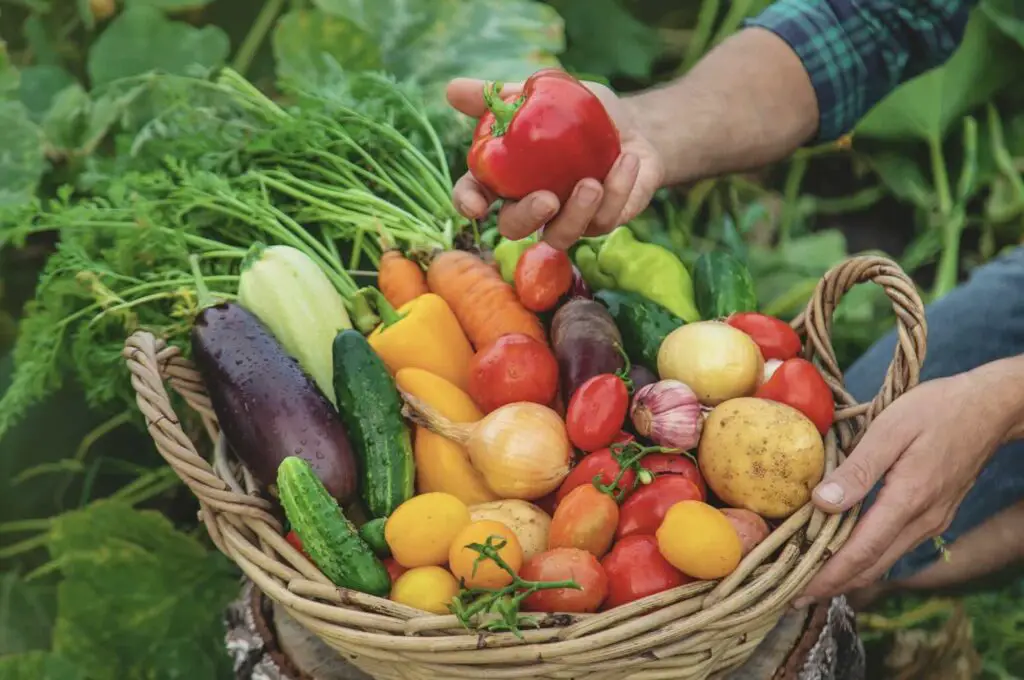
Freshness
We advocate for fresh, minimally processed foods. Cooking from scratch lets you control the ingredients, ensuring you consume what your body genuinely needs. We understand it does take more time, but it is so much healthier for you to eat fresh foods instead of processed and ultra-processed foods.

Fitness
Physical activity should be an integral part of life. Whether it’s a jog in the park or a full-blown gym session, maintaining a fitness level can significantly benefit your overall health.
We are great fans of Nordic walking as it is a great way to get walking work out, but by adding sticks to your walking, you not only burn more calories but also get in a full body workout.

Fullness (Satiety)
Opt for foods that provide a lasting sense of fullness, often achieved through fiber-rich, nutrient-dense options. This helps in avoiding unnecessary snacking and overconsumption of unhealthy foods.
It also means that you will not find yourself hungry for an hour or so after eating a highly processed meal.
Wrapping Up
While it’s challenging to comprehend the health implications of ultra-processed foods fully, caution is advised. Focusing on the fundamentals—freshness, fitness, and fullness—seems a sensible way forward for those concerned about their dietary choices.
By prioritizing fresh foods, incorporating fitness into your daily routine, and choosing foods that promote satiety, you’re making a positive step towards a healthier lifestyle.
In an era where convenience often trumps health, let’s get back to basics, relying on natural foods that our bodies recognize and utilize more efficiently, fulfilling the trifecta for a balanced, happier life.
Disclaimer: I am not a doctor or a health professional. This blog post reflects my views and observations and should not be considered medical advice. Always consult with healthcare providers for professional guidance.
At Reluctant Low Carb Life, we are staunch advocates of the Health Trifecta: Fullness, Fitness, and Freshness. Additionally, we embrace the pillars of health, wellness, and graceful aging. Our mission is to provide honest and precise information to individuals dedicated to adopting a healthy lifestyle while enhancing their fitness and well-being.
We have a free monthly newsletter that is filled with information and helps you remain updated. Subscribe to the Reluctant Low Carb Life newsletter by clicking here.
Listen to our weekly podcast, Reluctant Low Carb Life, on all the major podcast platforms by clicking here.
Follow us on Instagram and Facebook by clicking here.
Related Question
Is Nordic Walking Good For Weight Loss?
Nordic walking is good for weight loss, and there are also many other benefits to adding Nordic poles to your overall walking routine. But no matter how good a Nordic exercise walking is, exercise alone will not help you to be able to lose weight. To lose weight, you must make changes in your diet and lifestyle. We recommend a low-carb and keto lifestyle to help you make changes to benefit your overall health.
You can read more about Is Nordic Walking Good For Weight Loss? by clicking here.
How Long Does It Take To Lose 50 Pounds With A Keto Diet?
When many start a new diet, they want to know how long it will take them to lose weight. We have all done this where we will try to calculate how many weeks it will take us to lose a certain amount of weight.
You can read more about How Long Does It Take To Lose 50 Pounds With A Keto Diet? by clicking here.
The Miracle Of Weight Loss Explored
The miracle of weight loss is that when we can all lose weight, and when we do, our bodies will often start to self-correct themselves. On average, a person will gain 2 pounds per year. Over the years, the pounds will begin to add on. The miracle of weight loss is that we can get our act together, and in a short time, we can lose all the weight we have gained over the years.
You can read more about The Miracle Of Weight Loss Explored by clicking here.
